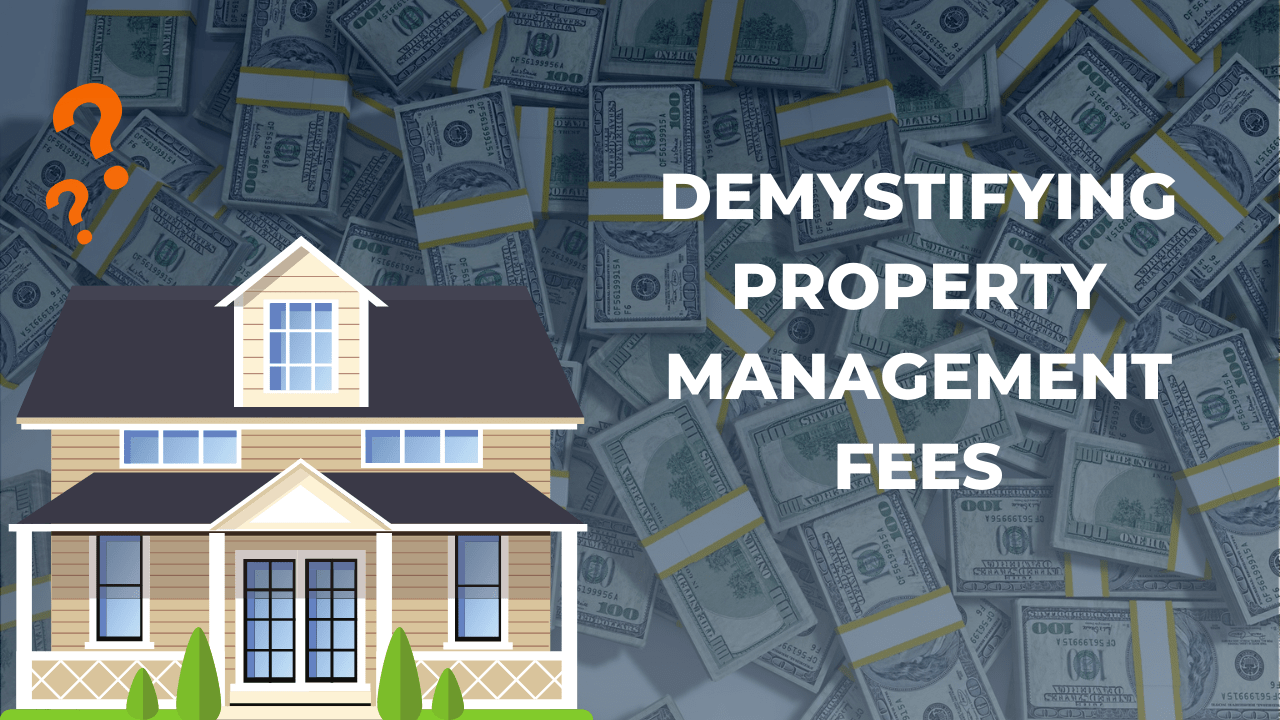Did you know that the sun-drenched city of San Diego is also a hotbed for renewable energy? With an average of 344 days of sunshine each year, San Diego is the perfect place to harness the sun's power and introduce solar energy to your rental properties.
Investing in solar power has numerous advantages for rental property owners, ranging from increased property value to lower electricity bills and reduced carbon emissions. However, navigating the rules and regulations surrounding solar energy installation can be daunting.
Navigating Solar Rules and Regulations: Illuminating the Path
Going solar offers a myriad of advantages that can truly maximize your investment. Imagine reducing your electricity bills, increasing the value of your properties, and making a positive impact on the environment—all while enjoying the freedom of energy independence.
However, before you install solar panels on your rental properties, it's essential to familiarize yourself with the rules and regulations in San Diego.
Utility Bills and Billing Back Tenants
When it comes to utility bills and billing back tenants, understanding the rules and requirements set forth by the California Public Utilities Commission (CPUC) will ensure that you handle utility billing in a fair and compliant manner.
To get started, familiarize yourself with the
CPUC regulations regarding utility billing. These guidelines outline the specific requirements and procedures for billing tenants. You can include a clause about solar energy in the
rental agreement to convey all details regarding the pricing, system care, and other requirements.
The advantages of solar installations depend on whether the installation is leased or purchased; there are pros and cons for each type. In either case, there are standard rules you need to be aware of once you decide to implement a solar system.
- Your electricity provider will enroll you in a Net Energy Metering (NEM) program with a time-of-use (TOU) rate plan.
- After your solar system is interconnected to the grid, your monthly electricity bill summarizes how much electricity you have consumed and how much your solar system has exported to the grid.
- If the consumption is greater than the export, you will receive a monthly bill with the additional charges payable.
- If the exported energy is greater than that consumed, you will receive an overall credit, which typically can be carried forward across the next month, up to one year.
- At the end of the 12-month period, you will receive a ‘true up bill’ that settles all credits and charges. If, in a rare circumstance, you have exported more electricity overall than what you’ve consumed, you can receive a net surplus compensation of 2 to 3 cents per kilowatt-hour.
When billing back tenants for electricity, it's crucial to ensure transparency and fairness. Clearly communicate the billing process to your tenants, providing them with detailed statements that outline their individual usage and the associated costs.
For sub-metered tenants, landlords cannot charge any additional fees apart from the exact energy bill. In addition, sub-metered tenants have the right to demand:
- Itemization of electric charges with opening and closing meter readings, total charges for the billing period, and contact details of the billing agent or company.
- Reduction of the tenant’s bill by a percentage based on the landlord’s energy use and rebates that may be applied to the master-metered account during the relevant billing period.
- Furnishing, installation, testing, maintenance, and repair of sub-meters by landlords.
Given these considerations, encouraging your tenants to adopt energy-efficient practices, such as using LED light bulbs, running larger laundry loads, and opening and closing windows to cool/heat their home can also contribute to lower electricity consumption and decreased expenses for both renters and owners.
Norms for Solar Installation on Rental Properties
Before you embark on installing solar panels on your rental properties in San Diego, it's crucial to understand and adhere to the rules governing such installations. Specifically, you need to consider the following:
- Solar System Size Limitations (size and capacity)
- Placement Considerations (setbacks, shading, etc.)
- Installation Permitting Process
- Qualified and Licensed Installers, certified by the North American Board of Certified Energy Practitioners (NABCEP) to ensure quality workmanship and adherence to industry standards.
- Installation Inspection by Local Authorities or Utility Company
- Interconnection With the Electrical Grid, allowing for NEM
And, if your property is part of a homeowner’s association (HOA), you must be aware of The Solar Rights Act and Its Impact on HOA Regulations.
- Solar installation may be restricted in common areas, per the discretion of the association.
- The owner will need to provide for the maintenance, repair, or replacement of roofs or other building components.
- The association requires installers of solar energy systems to reimburse the association or its members for loss or damage caused by the installation, maintenance, or use of the solar system.
Tax Incentives: 30% Tax Credit
The Investment Tax Credit (ITC) is a federal incentive designed to promote the adoption of renewable energy sources, including solar power. This tax credit allows property owners to deduct 30% of the cost of their solar installation from their federal taxes.
Per the
Inflation Reduction Act, homeowners are eligible for the newly increased 30% tax credit if they have installed solar panels after January 1, 2022. Any installation done before can lead to a 26% to 30% tax credit. Plus, the
San Diego Solar Equity Program offers $1 million per year, for ten years, providing monetary assistance to cover the cost of solar installations for income-qualified homeowners.
Exploring these incentives can amplify your savings and make your solar investment even more financially attractive.















